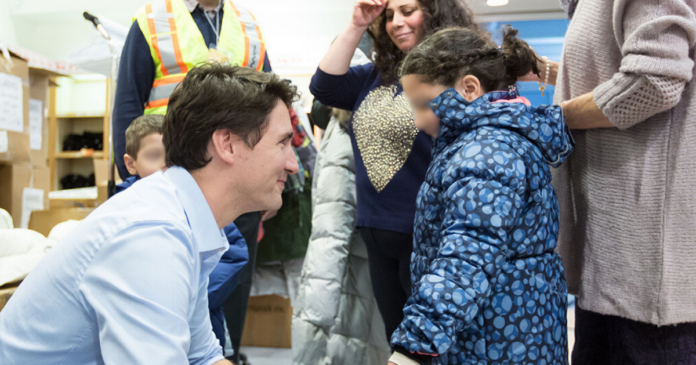A recent study conducted by Statistics Canada reveals concerning trends among Syrian refugees who arrived in Canada as government-assisted refugees under Prime Minister Justin Trudeau’s resettlement program.
The study, titled “The short-term labour market outcomes of blended visa office-referred refugees,” authored by Yasmin Gure and Feng Hou, reveals that government-assisted refugees had some of the worst labour market outcomes when compared to other classes.
Researchers highlighted that 42.3% of the 2014 cohort of government-assisted refugees aged 15 to 54 still relied on social assistance six years after landing in Canada.
The situation worsened for subsequent cohorts, with the 2015 arrivals, coinciding with the Liberal government’s initiation of Operation Syrian Refugee, showing a 50.4% reliance on social assistance after five years.
Social assistance reliance was even higher for the 2016 cohort, while Syrian resettlement continued, with 69.5% of government-assisted refugees reporting reliance on social assistance four years after landing.
Government-assisted refugees’ resettlement costs are covered entirely by taxpayers compared to private sponsorship refugees whose sponsors take on the financial responsibility.
Additionally, the study found that refugees from Western Asia, particularly the significant influx of Syrian refugees, were disproportionately represented among those accessing social assistance. In 2016, 81.6% of this refugee class were from Western Asia.
The study’s identification of source region as a key variable influencing social assistance rates raises questions about the screening and selection processes for refugees.
Additionally, an Immigration, Refugee and Citizenship Canada resettlement outcomes report showed that the government-assisted class of refugees also had the lowest labour market participation rate.
Only 56% of government-assisted refugees were directly participating in the Canadian labour market. Direct participation rates include those who are working, looking for work or are starting work soon.















